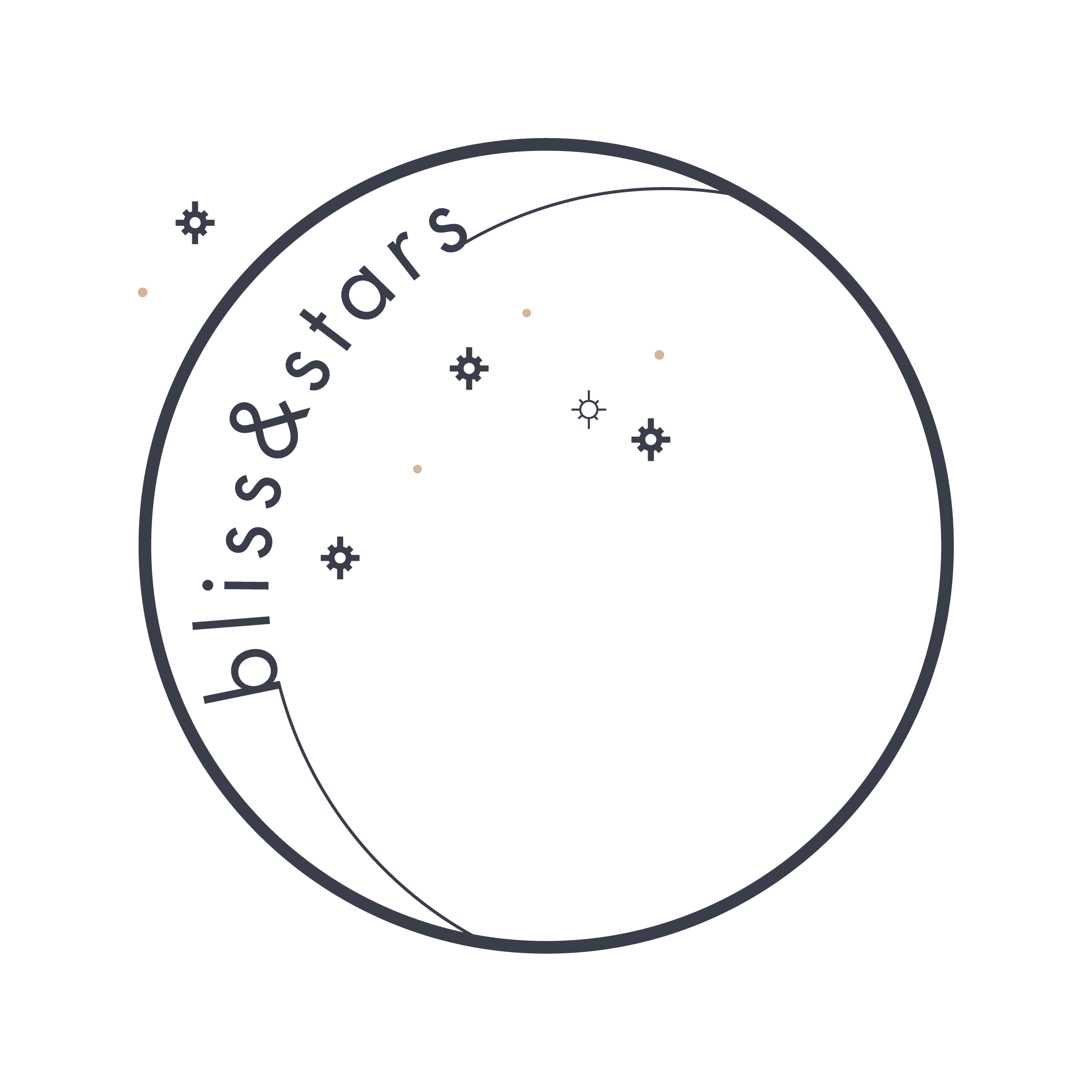
WHAT IS MEDITATION?
“Meditation practice isn’t about trying to throw ourselves away and become something better. It’s about befriending who we are already.”
PEMA CHÖDRÖN, THE WISDOM OF NO ESCAPE
WHY MEDITATE?
Meditation is a fantastic and powerful tool that gives us strength and inner calm. It improves our mental well-being as well as physical health.
Meditation have many benefits:
- Provides relief from stress and anxiety
- Improves focus and creativity
- Boosts compassion
- Improves sleep
- Calms the mind
It is useful to have a clear intention on why you are meditating, instead of adding another ‘should’ to your everyday, busy life.

PRACTICE
Think about why you would like to meditate. What is most important to you?
Beneficial effects on overall health
Reduce stress levels
Curiosity – What is this? What can it do for me?
Deeper awareness of body, emotions, and the mind
Being alive and present
Manage and positively deal with difficult emotions
Deepen interpersonal relationships and compassion
Enlightenment and spirituality
Or a reason not mentioned in this list. It’s worth remembering and writing down your intention for meditation, and return to it every time you practice or when you doubt or skip meditation practice.

"The most important thing is remembering the most important thing.”
ZEN TEACHING
WHEN TO MEDITATE?

WHERE TO MEDITATE?
You can meditate everywhere and anywhere. At home, in a park, and even at the office. Just sit.
Our environment affects our state of our mind, so generally it is easier to meditate in a quiet and tidy space. What if a neighbor is practicing the trumpet or police sirens scream outside? Well, that is okay too. Try to stay with it. Noise and disruption can teach us how to be present and attend to what is happening outside with a gentle and caring attitude.
WHAT IS NEEDED TO MEDITATE?
A place to sit. You could sit on the chair, on the couch or bed, on the floor, on pillows, or on a meditation cushion. It doesn’t really matter, as long as you are comfortable, and not straining your body. There is no ‘best’ or required way to sit.
A timekeeper. Something to measure time, such as a smartphone’s stopwatch, a guided meditation recording, or an app like Insight Timer, a free and simple meditation app.

MEDITATIONS POSITIONS

PRACTICE



